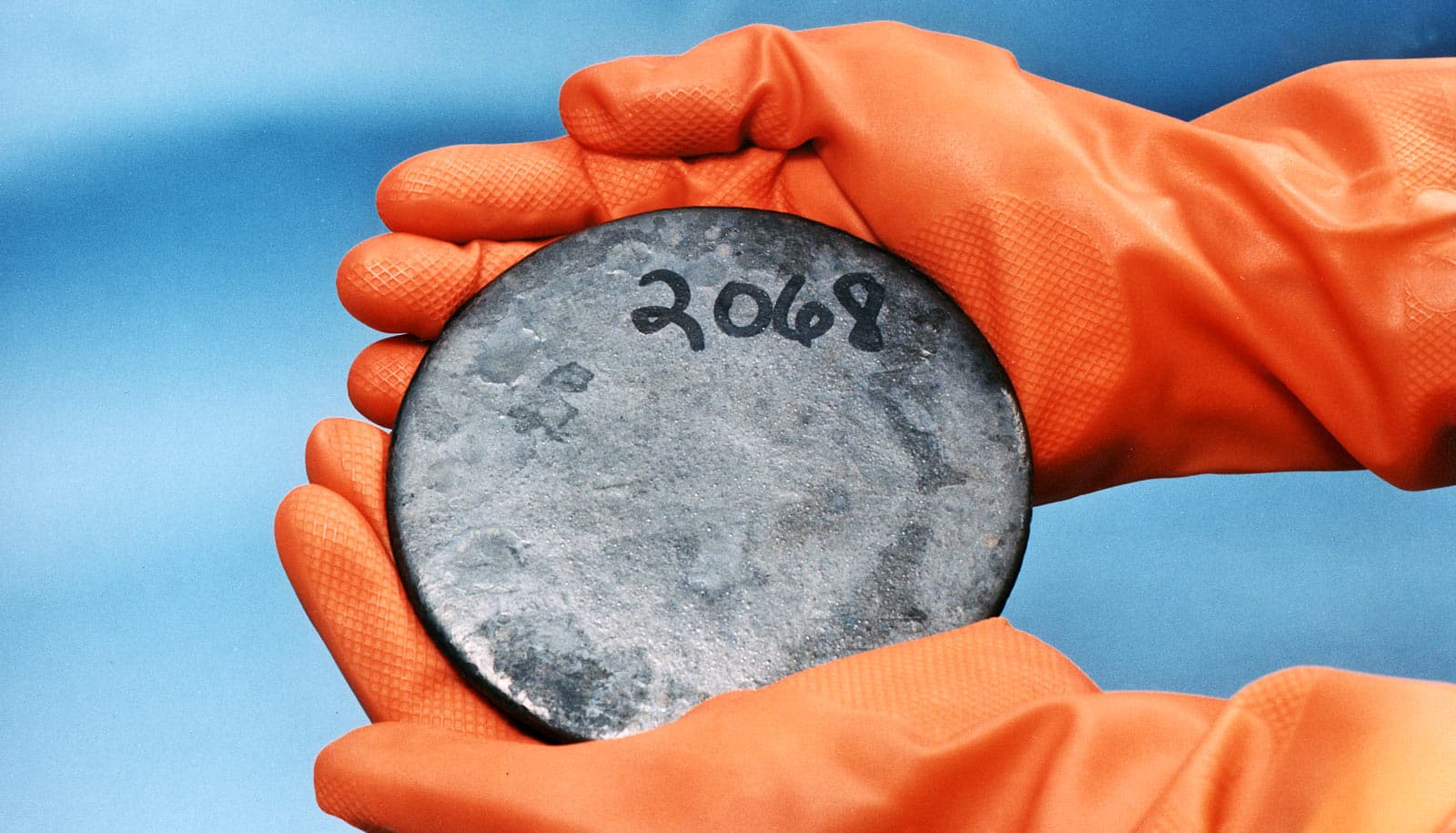

We identified it as a “Better Air” air deodorizer, a product that would have been used to help obliterate “obnoxious odors” in the home. We were able to identify the writing on the bottle by rotating the bottle under strong light. Recently, we cataloged a green glass bottle from the Spartan Village project that had only shadows left from the original ACL. Because of the way that these decorations are applied to their respective artifacts, they can wear off with time. Decorative overglaze ceramics typically have decorative designs painted on top of the glazed-ceramic surface ( Florida Museum n.d.). Through time, there was a transition from manually created screen prints to a machine that could apply silkscreens to curved surfaces by the early 1930s (Lockhart and Brown 2019). Other glass pieces may turn green under a black light, but they will not glow like vaseline glass does. Using a black light is the only sure way to identify vaseline glass. Shine your UV light on the glass piece and look for a neon green glowing color. Applied color labels, or ACLs, have existed since CE 221 in China. Use a blacklight to identify the uranium in vaseline glass. Let’s start with some background information about the types of artifacts discussed in this blog post. The artifacts that we find in the archaeological record can tell us so much about the past – but what happens when the decorative elements of an artifact are worn away? Luckily, technology has provided with potential tools to help us identify faded applied color labels on glass artifacts and overglaze designs on ceramic artifacts!


 0 kommentar(er)
0 kommentar(er)
